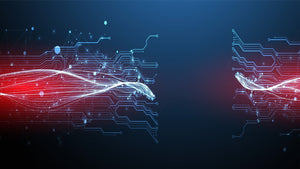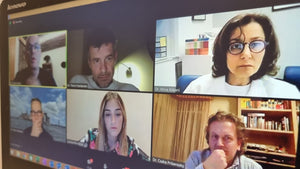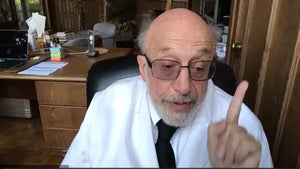
Introduction to Theriogenology

Donate
At the International IVF Initiative, we are committed to providing free access to our educational sessions, webinars, and resources for professionals and individuals passionate about advancing reproductive medicine. We believe that cost should never be a barrier to knowledge and collaboration. By contributing, you’re ensuring that valuable educational resources, expert insights, and collaborative opportunities remain open to all without financial barriers. Together, we can continue to foster a global community dedicated to innovation and excellence in the field of IVF.
Your Donation
Thank you!
Introduction to Theriogenology
PROFESSOR FULVIO GANDOLFI
 Fulvio Gandolfi, DVM, is Professor of Veterinary Anatomy and Embryology at the University of Milan, Italy
Fulvio Gandolfi, DVM, is Professor of Veterinary Anatomy and Embryology at the University of Milan, ItalyIn the ‘80s he developed in the sheep the first embryo co-culture system with oviduct cells that enabled the widespread diffusion of in vitro fertilization in domestic species. He then studied the molecular interactions between oviduct and embryos and characterised the oviduct-specific proteins that bind to the embryo. His research moved towards the molecular mechanisms of oocyte competence and described the role of polyadenylation of maternal mRNA, of the 3D distribution of the mitochondria during maturation and the way to increase oocyte competence through the fine manipulation of cAMP intracellular levels. He cloned the OCT4 gene in cattle and described how different its role was compared to the mouse. He worked extensively on pig embryonic stem cells and human parthenogenetic stem cells. He contributed to the development of the epigenetic reprogramming of somatic cells that can be differentiated towards any other cell types without any gene manipulation. Lately he expanded his interests outside reproduction and is leading a EU-funded research consortium that is developing an in vitro 3D platform that mimics the fish intestine. He has been the President of IETS, is the current President of ICAR and is the Editor in Chief of Theriogenology.




































































































